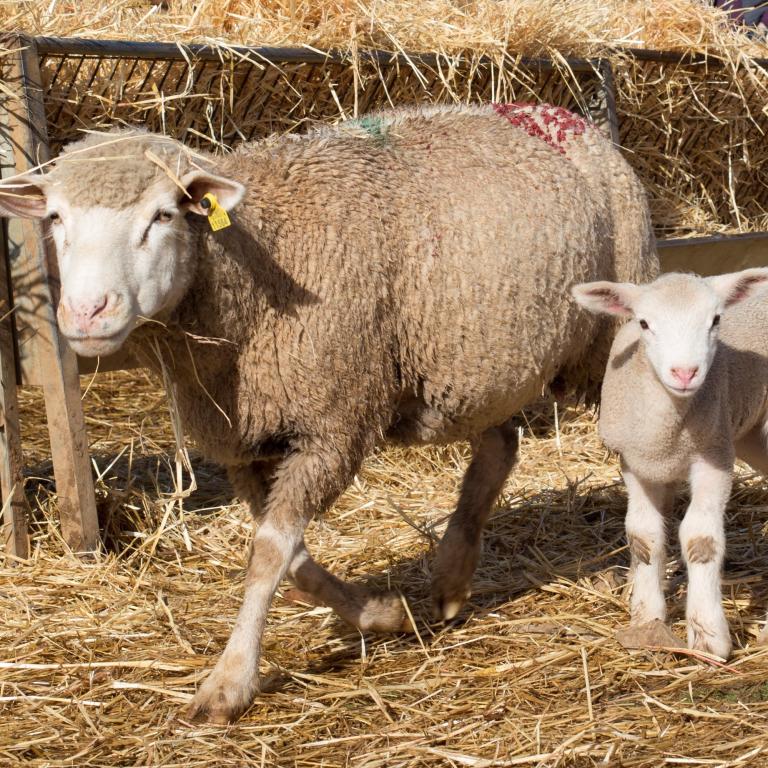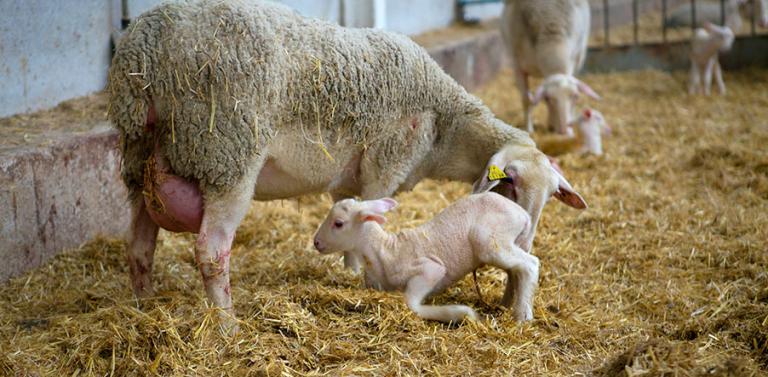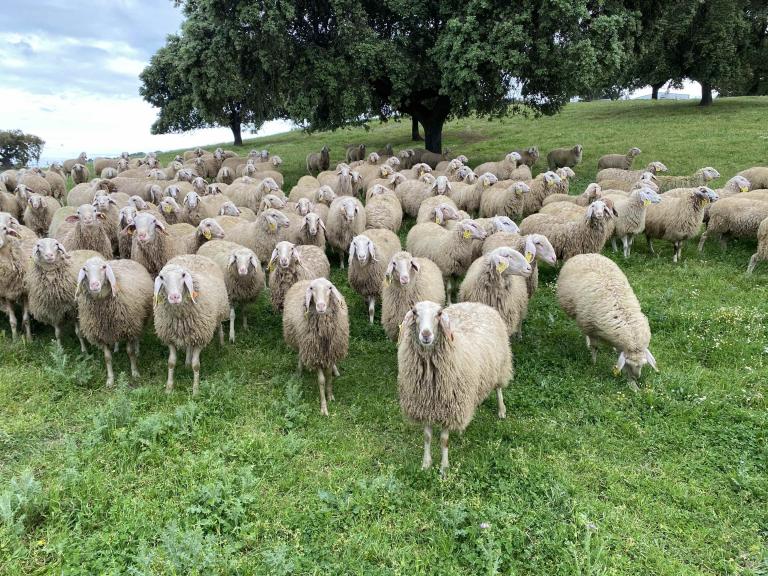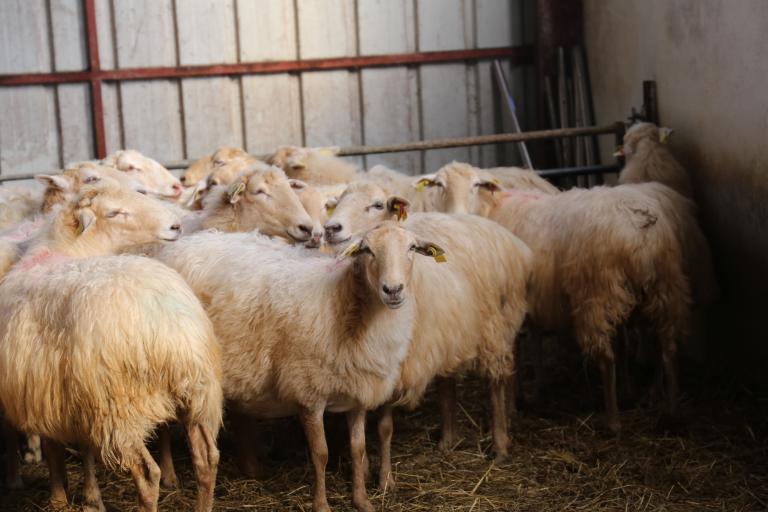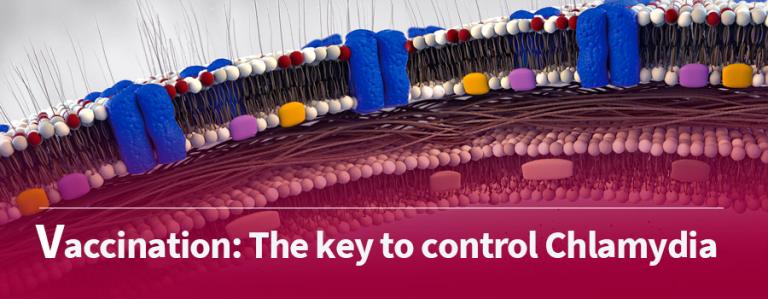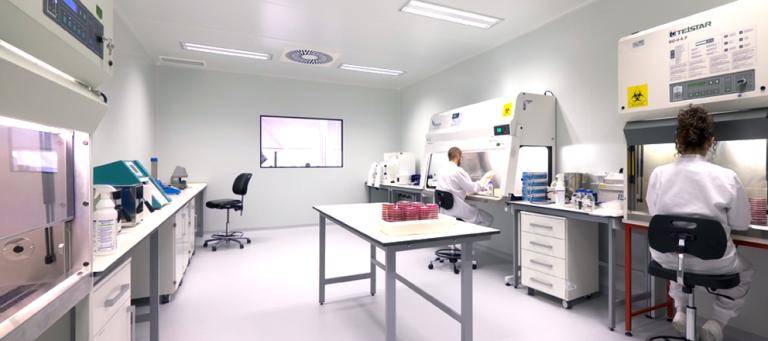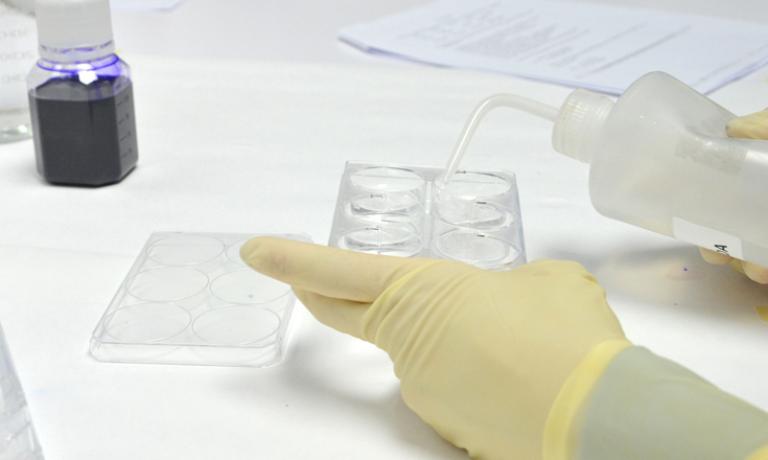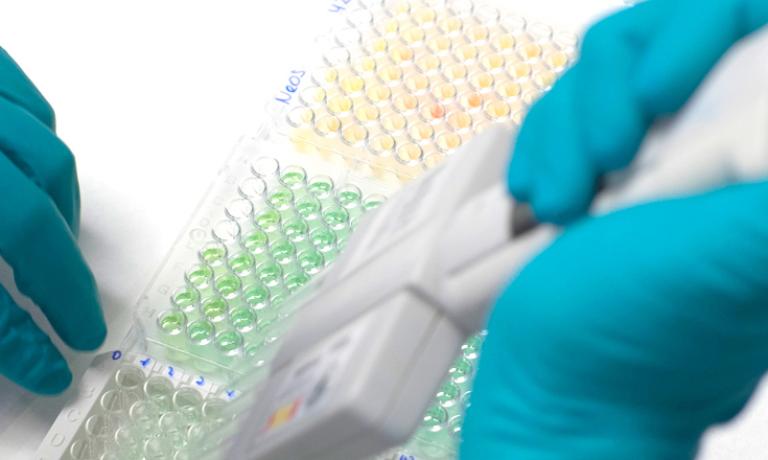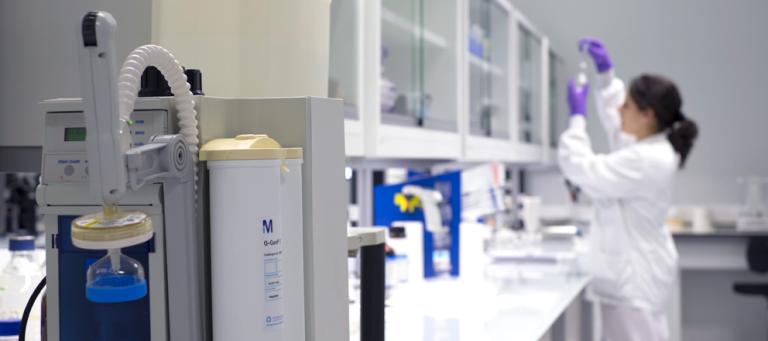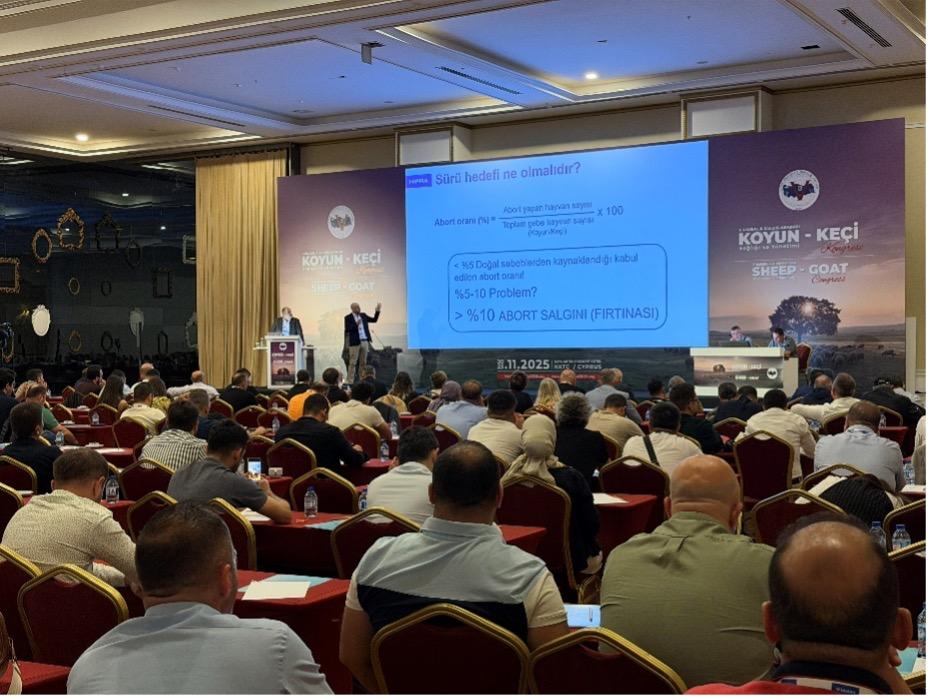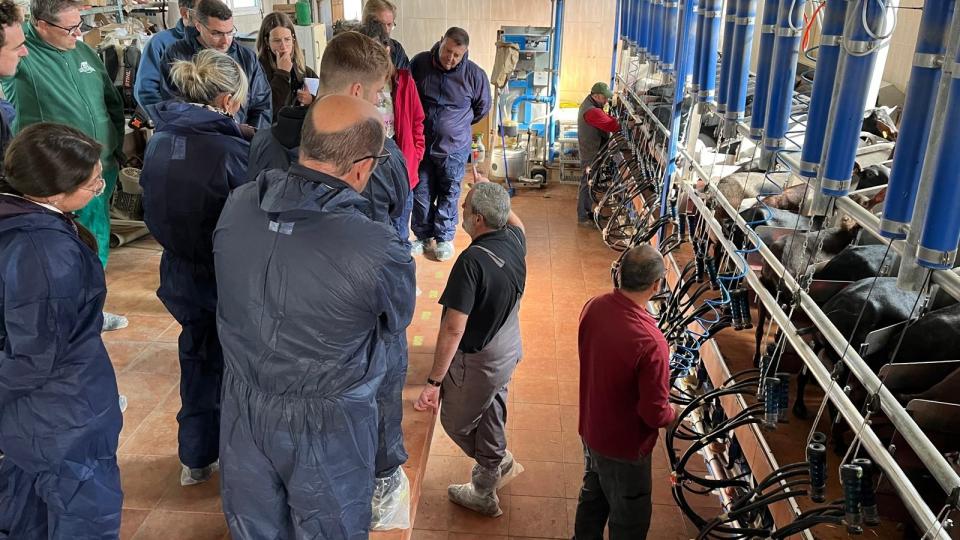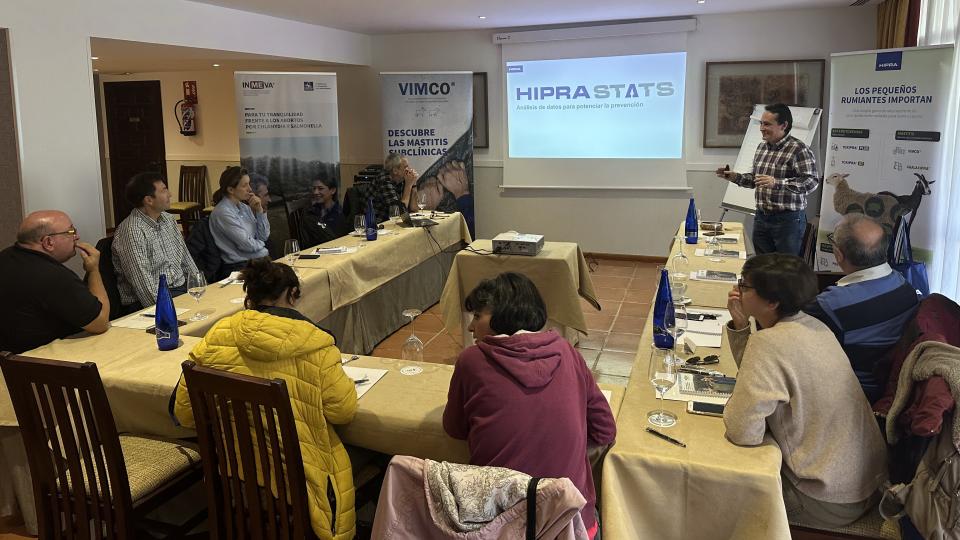Mastitis in small ruminants
AETIOLOGY:
Clinical mastitis usually appears during the first week of lactation and there is another pic during the third week postpartum. There are only sporadic cases (annual impact lower than 5%) where we observe mainly Staphylococcus aureus but also Coagulase Negative Staphylococci (CNS), which cannot be considered as minor pathogens in dairy small ruminants.
Prevalence and etiology of subclinical mastitis in dairy ewes show that Coagulase-Negative Staphylococci (CNS) are the most prevalent isolated bacteria (approximately 78% in ewes and 71% in goats), followed by S. aureus (around 4% in ewes and 8% in goats). Other bacteria which can be isolated are: Streptococci, Corynebacteria, gram negative and other. Even if it seems that S. aureus is not a major problem, the fact is that for public health and regulatory reasons, S. aureus is one of the most important pathogens of the dairy ewes industry.
TRANSMISSION:
Transmission takes place during milking and biosecurity management helps to avoid the entry of these pathogens. When new animals arrive on the farm, they should be quarantined until the results confirming negativity arrive.
Natural rearing of the lambs and kids has also an important role in mastitis. As they are suckling from one mother to an other and may transmit the disease.
SIGNS:
Mastitis is an inflammation of the udder which can be defined as either clinical or sub-clinical:
- Clinical mastitis: Detection of clinical mastitis is based on 3 parameters. Depending on how many are affected, we will have a different grade of mastitis. The classification is as follows:
| Mild | Milk secretion altered | GRADE 1 |
| Moderate | Milk secretion and mammary gland altered | GRADE 2 |
| Severe | Secretion, mammary gland and general state of health altered | GRADE 3 |
Grade 3 in small ruminants is often related to gangrenous mastitis which leads t the death of the animal or the complete loss of one of the halfs.
- Subclinical mastitis: Sub-clinical mastitis is most commonly recognized by detecting the inflammatory process in the udder by testing a sample of milk. Different detection methods exist but they are not always used in small ruminants. Moreover, Subclinical mastitis is frequently under estimated in dairy sheep and goats due to this lack of detection. However the tendency seems to be changing.
- California Mastitis Test (CMT) sometimes called Rapid Mastitis Test (RMT) which can give results within a few seconds. It is semi quantitative for cows but in small ruminants we will take as positive when we have +++).
- Somatic Cell Count (SCC). Somatic cells are leukocytes (95-99%) plus epithelial cells. When an infection occurs, leukocytes arrive at the infected zone in massive numbers. This leads to an increase in SCC in milk.
- Bulk Tank SCC (BTSCC) There is no international limit for sheep nor goats. However it can give us an idea about the herd or flock mastitis situation. Some countries do not have this measurement.
- Individual Somatic Cell Count (ISCC): Only performed in few countries and in some flocks/herds. Individual SCC determination is most commonly performed on composite samples (comingled milk from both halfves) and gives results in 1,000s cells/ml. Ideally, this should be done every month. It is an indicator of how the animal is reacting to the infection. The SCC is mainly altered by intrammamary infections (IMI) but variation can be the result of other factors (age, season, other diseases, etc.) especially in goats.
- Bulk Tank SCC (BTSCC) There is no international limit for sheep nor goats. However it can give us an idea about the herd or flock mastitis situation. Some countries do not have this measurement.
- California Mastitis Test (CMT) sometimes called Rapid Mastitis Test (RMT) which can give results within a few seconds. It is semi quantitative for cows but in small ruminants we will take as positive when we have +++).
LESIONS:
Animals can have subclinical mastitis and don’t have lesions at all. But some time when a chronic infection takes place in a sheep or a goat with the time we find an asymmetry of both halves.
In clinical severe clinical mastitis we can find a blue udder (gangrenous) very could and with blood in the milk or no milk at all.
DIAGNOSIS:
Sampling for microbiological analysis and PCR are the only truly diagnostic methods which allow us to identify the pathogen that is causing disease. The rest of the indirect methods (ex. SCC, CMT, conductivity) detect mastitis but do not give a real diagnosis.
- Culture from bulk tank: Having the bacterial culture/count of each type of germ can help in diagnosis, allowing us to identify where the problem is and what type of measures we need to apply.
- Individual culture: With this type of culture, we can identify the predominant pathogen and establish a protocol (treatment, vaccination, elimination, segregation) based on the results. The individual culture can be very useful in animals with either clinical cases or elevated SCC in order to isolate and identify the most important pathogens.
- PCR: PCR-based methods are now being used increasingly in mastitis diagnostics with good reliability as a complement to bacterial culture. Bacterial screen is limited to a determinate number of pathogens but will detect both live and dead bacteria, it is more sensitive and faster - the result is obtained in 4 hours.
PREVENTION AND CONTROL:
Mastitis prevention is based on different points which are synergic between each other. Between those the most important ones are the following:
- Evaluation of the milking parlour. Milking parlour should be checked regularly and be maintained properly. The machine has a very high impact in mastitis transmission. The direct effects (including bacterial transport, cross-contamination and impacts) might account for about 10% of new infections on most farms. Indirect effects (including effects on the health of the teat canal, teat tissues and skin) might account for another 10% in an average herd.
- Efficient milking routine. The main objectives of an efficient milking routine are to produce high quality milk, to reduce the risk of new intramammary infections and total milking time, to minimize stress to animals and to milkers, as well as to improve dairy farm profitability.
- Replacement strategy. Chose the correct animals to replace and cull the choric ones trying to reduce the pression of infection in the farm.
- Vaccination. The aim of vaccination is to increase the immunity (immunological memory) of the animal in order to prevent new infections and/ or promote clearance of infection. Vaccines against ovine and caprine mastitis based on biofilm protection have an effect on reducing the shedding of Staphylococci in milk as well as reducing new infection and the severity of mastitis.







